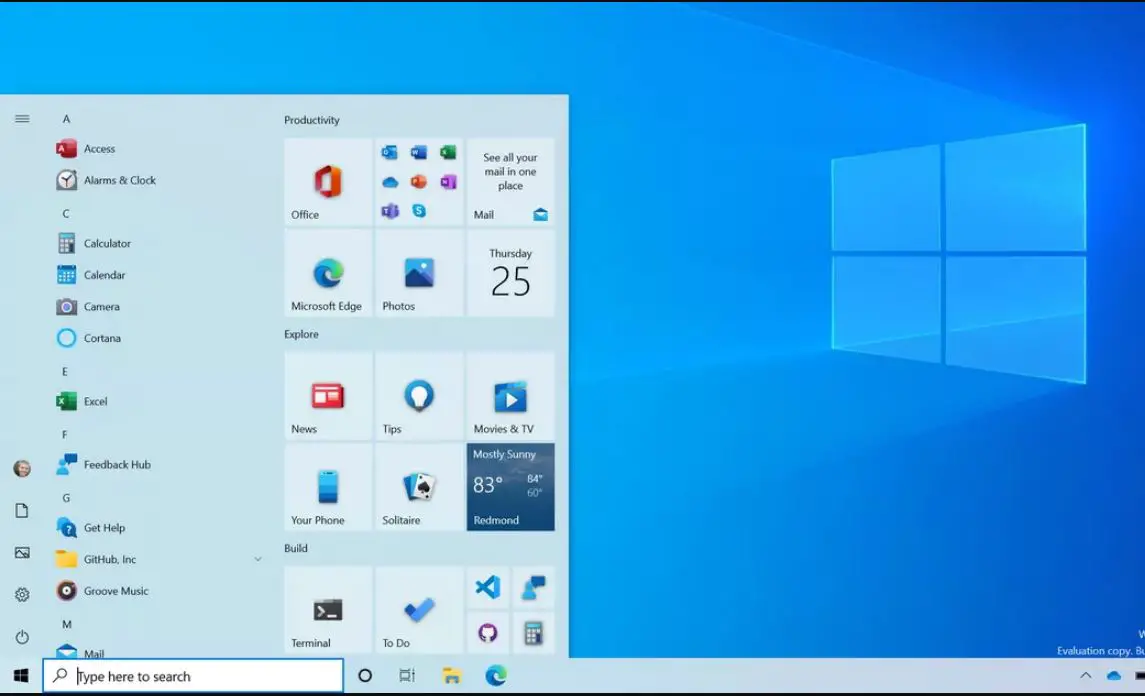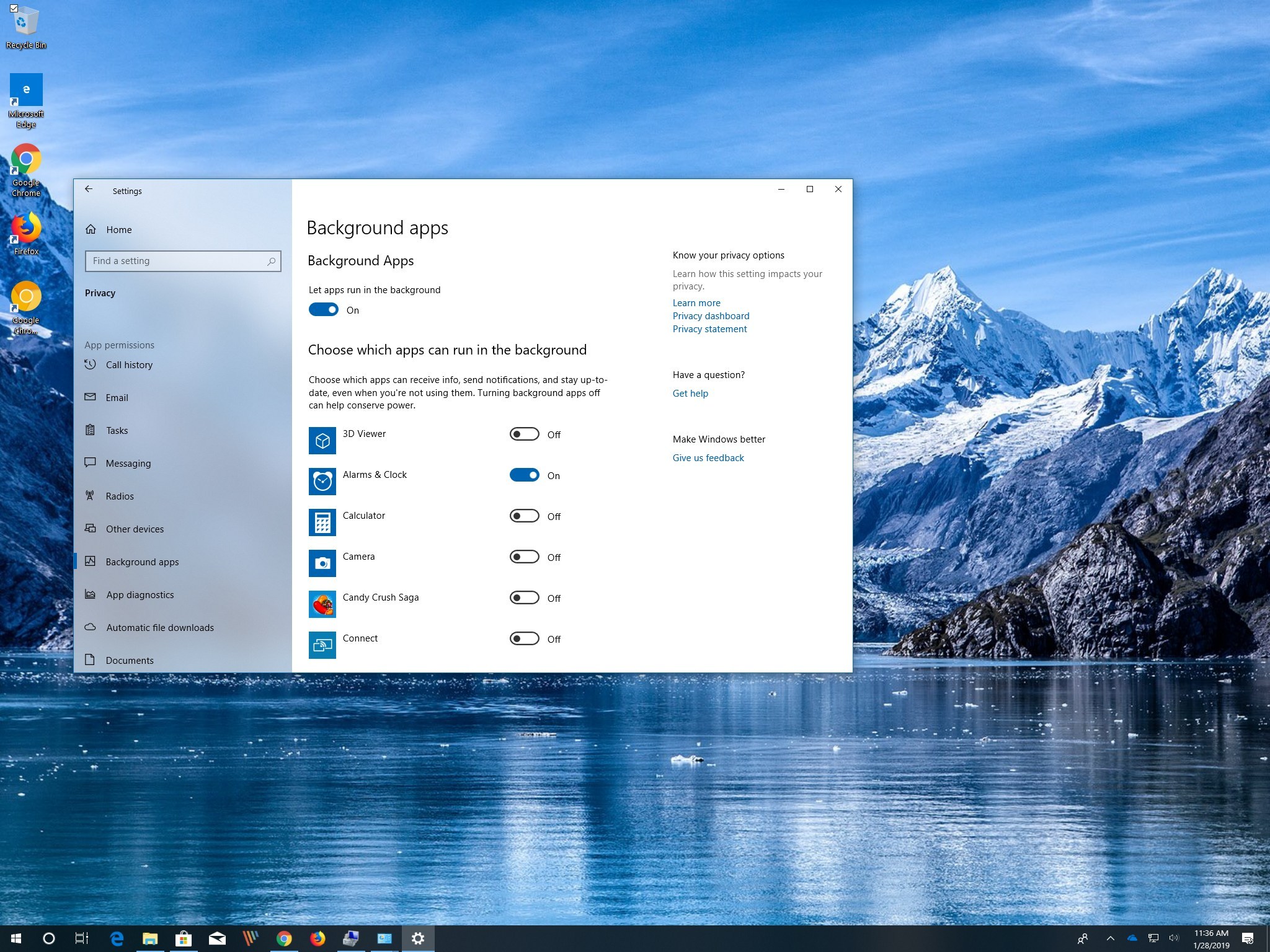

For more information, see App Service overview. Using Azure, you can host your web apps in the cloud, instead of on-premises.

When the app is created and ready to be used, you deploy the web app to a web server. For more information, see Create a Web App. Web apps are typically created in Visual Studio, and can be created with different languages. Progressive web apps are designed to work for all users, work with any browser, and work on any platform. To use these apps, users must use a web browser and have internet access. Web apps and Progressive web apps (PWA): These apps run on a server, and don't run on the end user device. For a list of some common system apps, see System apps installed with the Windows client OS. System apps: Apps installed in the C:\Windows\ directory. NET.įor more information, see Get started developing apps for Windows desktop and Make your apps great on Windows 11. These apps run in 32-bit mode on 64-bit devices, and don't depend on a managed runtime environment, like. They require direct access to Windows and the device hardware, and typically don't require a web browser. Win32 apps: These apps are traditional Windows apps that run on the device, and are often called desktop apps. Not all Windows apps are UWP apps.įor more information, see What's a Universal Windows Platform (UWP) app?. Universal Windows Platform (UWP) apps: These apps run and can be installed on many Windows platforms, including tablets, Microsoft HoloLens, Xbox, and more.

Just like Win32 apps, WinForm apps can access the local hardware and file system of the computer where the app is running. NET, you can create a Windows Forms desktop app that runs on the device, and doesn't require a web browser or internet access. For more information, see WPF Application Development. This app is commonly used by organizations that create line of business (LOB) desktop apps. NET, you can create a WPF desktop app that runs on the device, or create a WPF web app. Windows Presentation Foundation (WPF): Using.NET apps: These apps can be desktop apps that run on the device, or web apps. For more information, see What is Power Apps?.
MANY APPS WILL NOT OPEN ON WINDOWS 10 PROFESSIONAL
They can be created by business analysts and professional developers. Power Apps: These apps connect to business data available online and on-premises, and can run in a web browser, and on mobile devices.
MANY APPS WILL NOT OPEN ON WINDOWS 10 LICENSE
Using an MDM provider, these apps can also be deployed to mobile devices, including smartphones.įor more information on the Microsoft 365 license options, and what you get, see Transform your enterprise with Microsoft 365. Depending on the licenses your organization has, you may already have these apps. Microsoft 365 apps: These apps are used for business and productivity, and include Outlook, Word, Teams, OneNote, and more. This section lists some of the common apps used on Windows devices. There are different types of apps that can run on your Windows client devices.


 0 kommentar(er)
0 kommentar(er)
